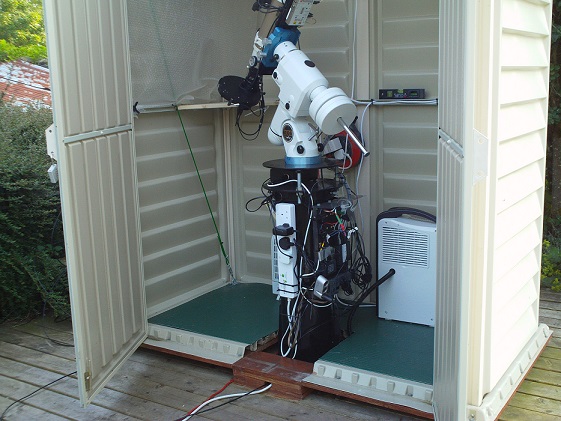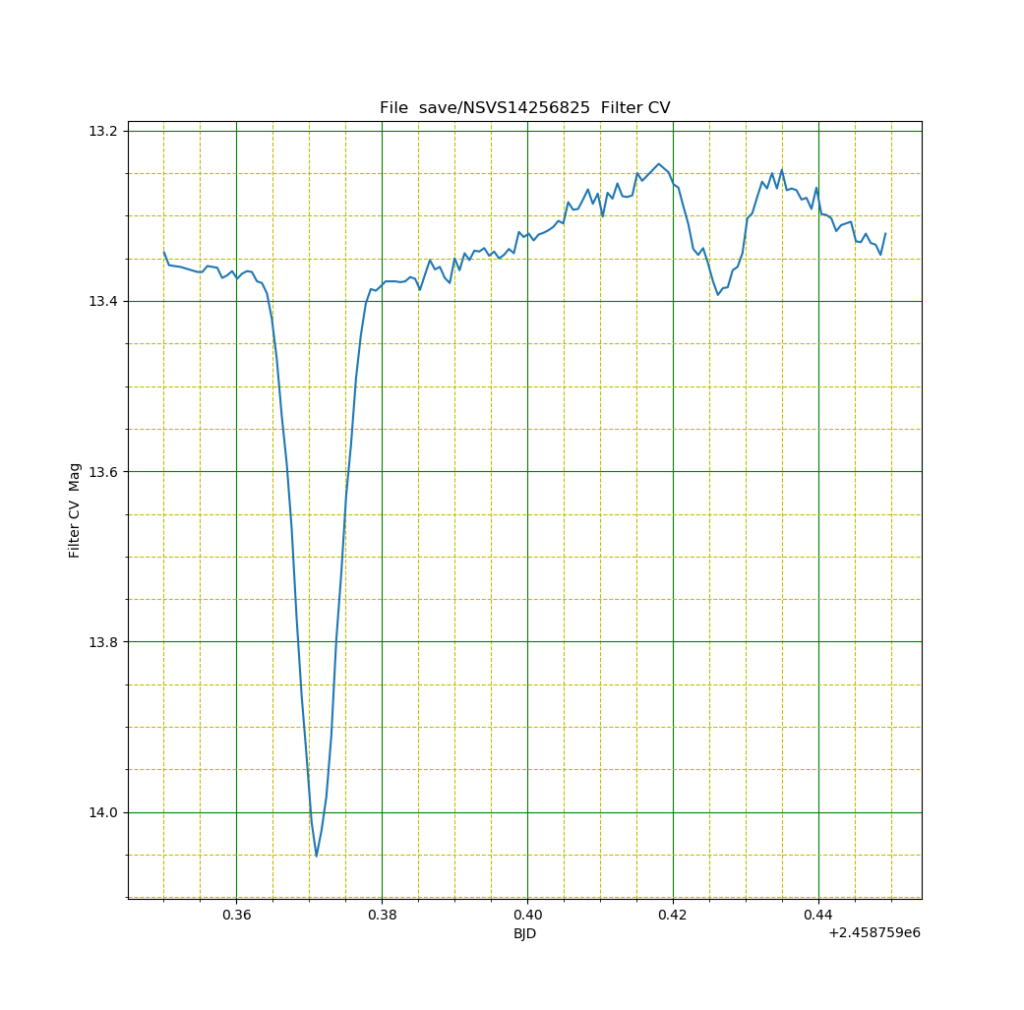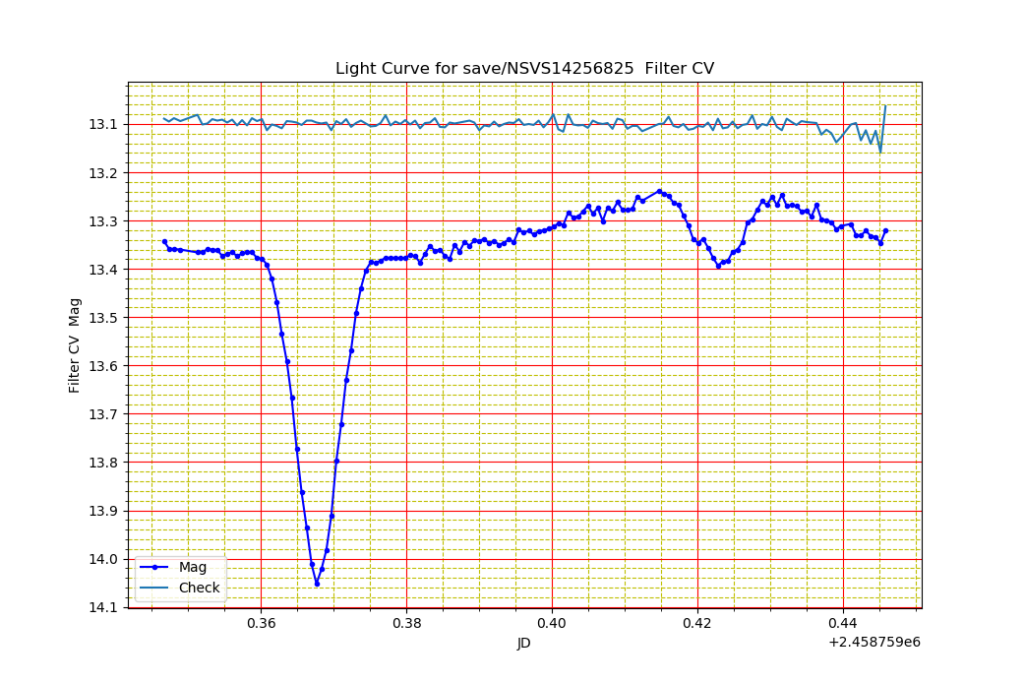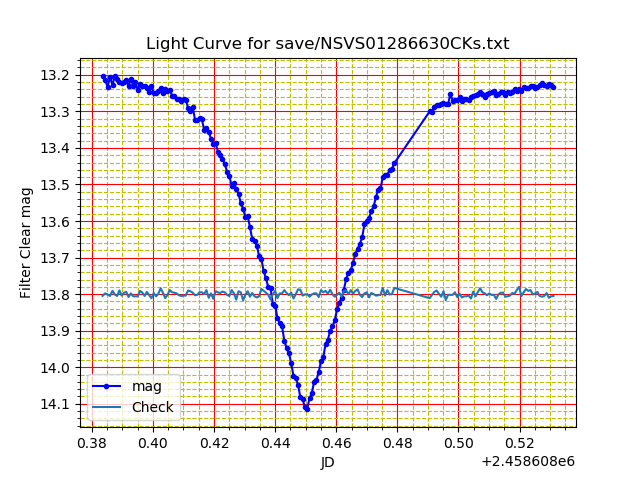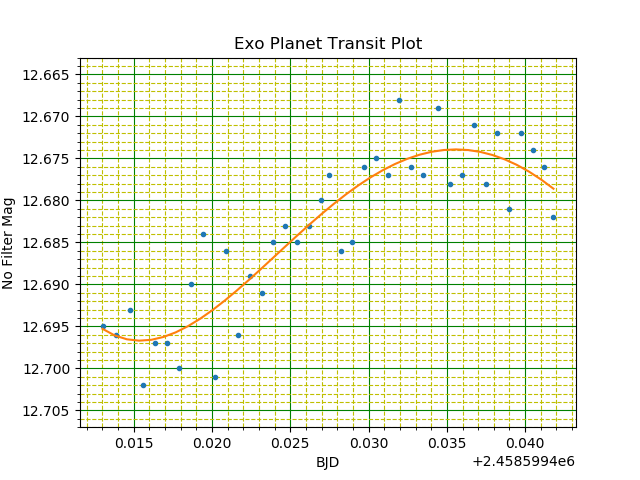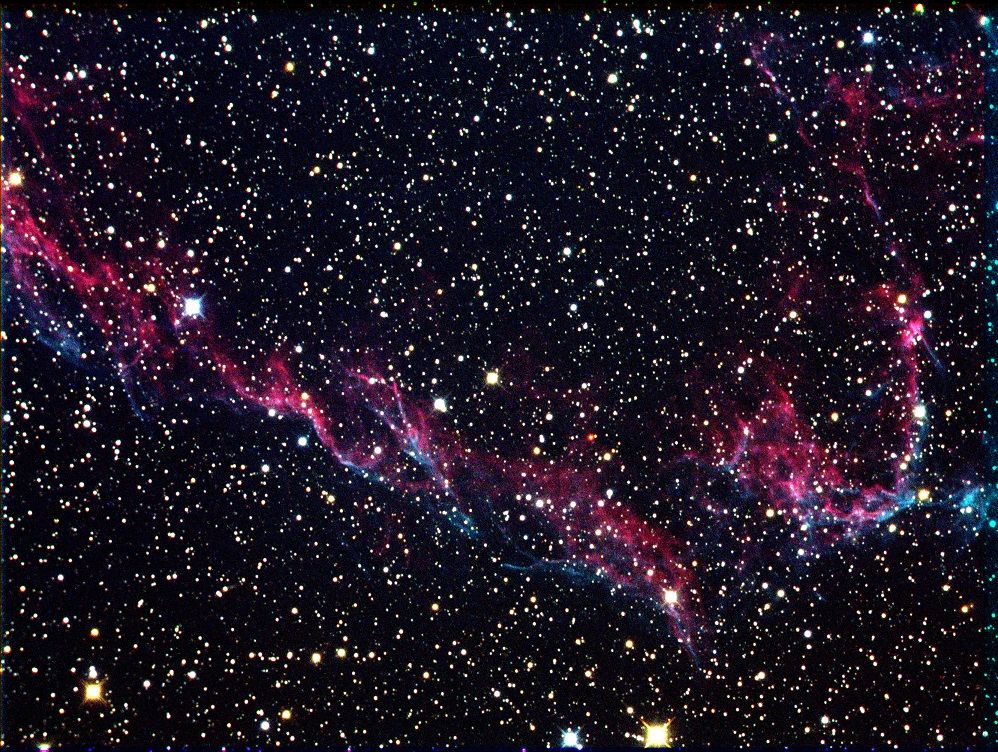So much space pollution being caused deliberately by Elon Musk. My research could become more difficult as it will for anyone wanting to look beyond the earth. Over 11000 satellites to be launched…your joking, We only have a small percentage so far..
It wrecked my measurement of distant binary systems last night..

https://phys.org/news/2020-05-costly-collateral-elonmusk-starlink-satellite.html



